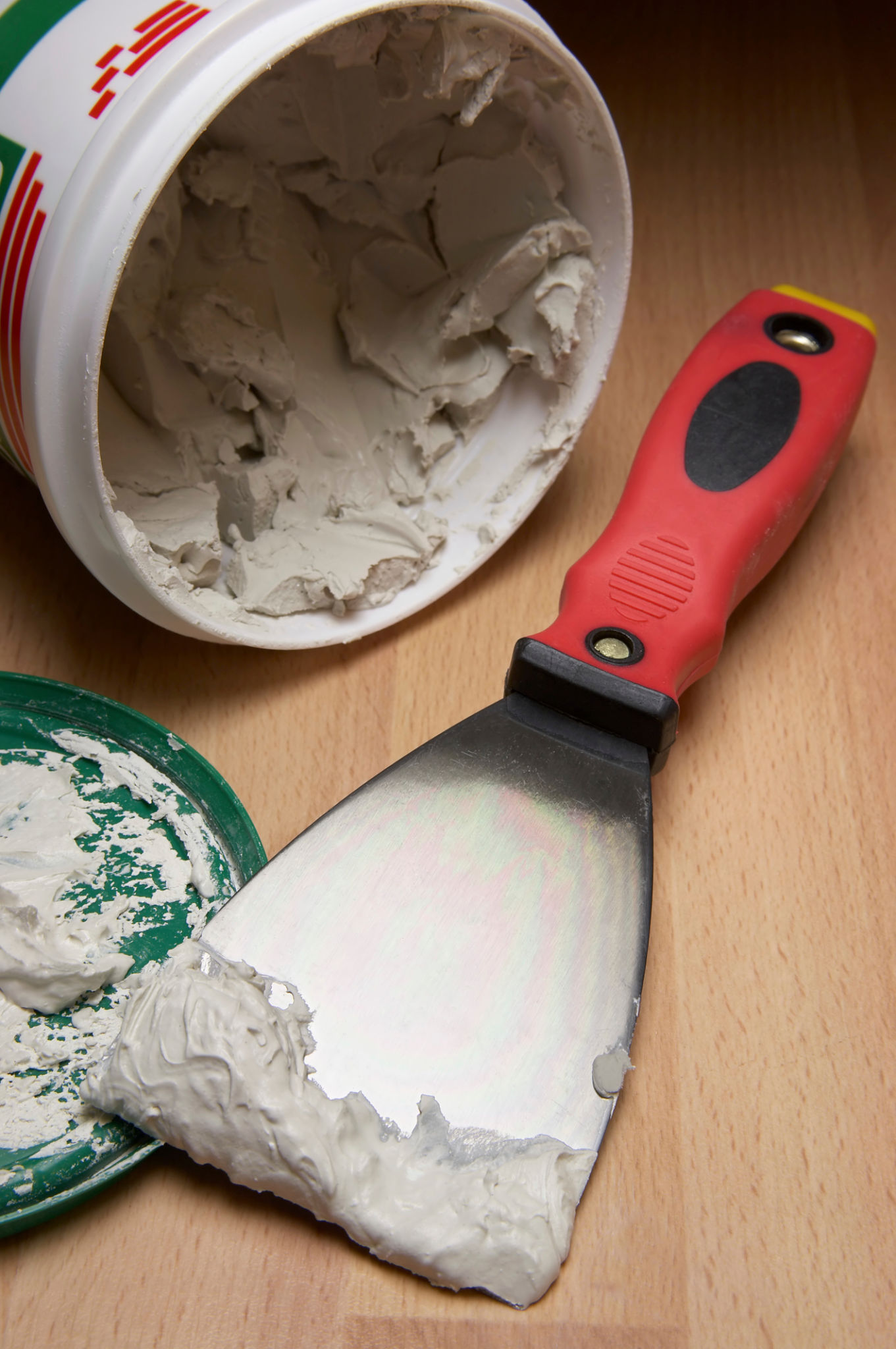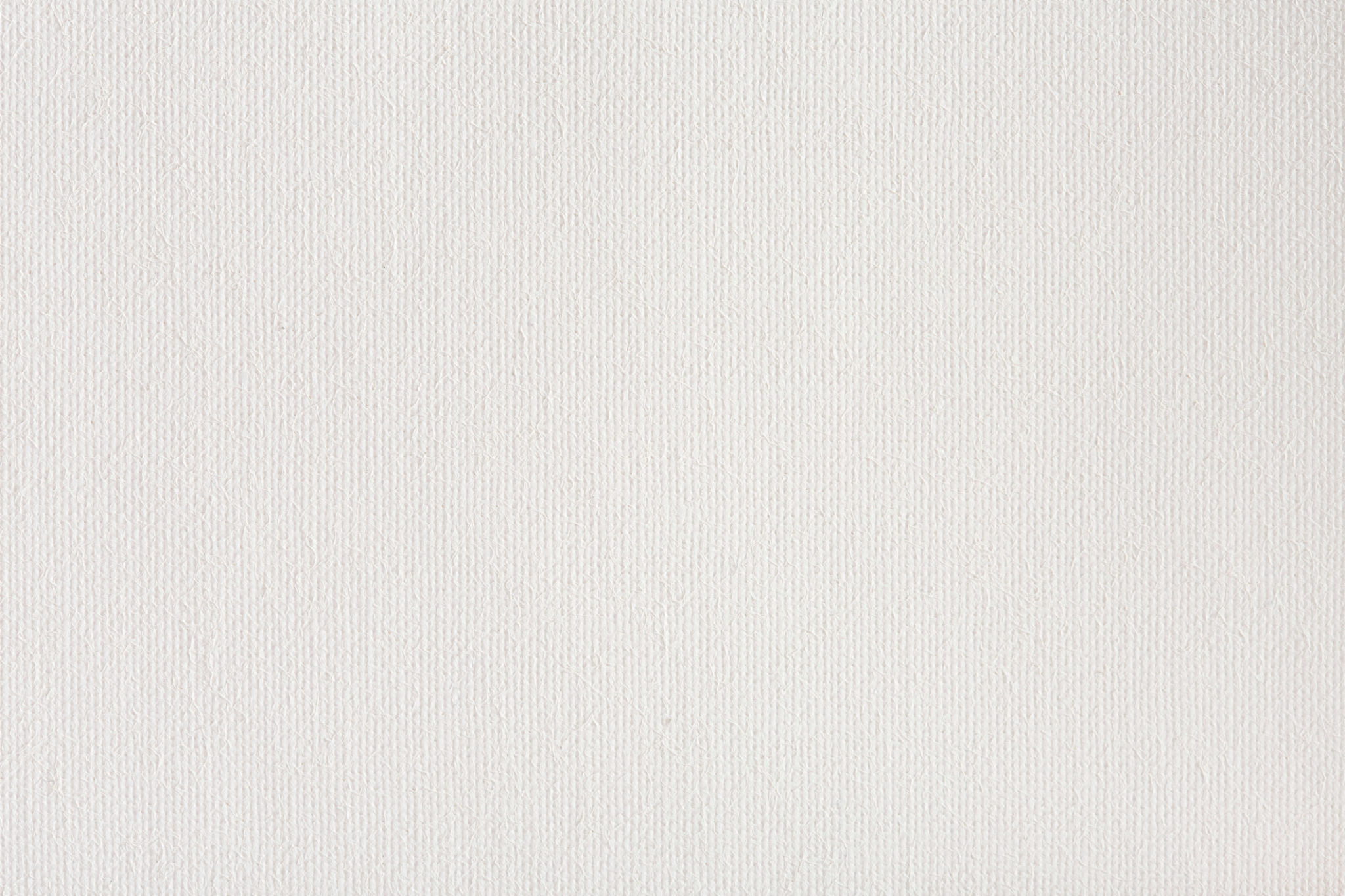Drywall Repair and Paint Prep: Common Mistakes to Avoid
Understanding the Basics of Drywall Repair
Drywall repair is an essential skill for any homeowner or DIY enthusiast. Whether you're fixing a small dent or tackling a larger hole, understanding the basics can save you time and money. However, even with the right tools and materials, there are common mistakes that can lead to less-than-perfect results. By avoiding these pitfalls, you can ensure a smooth and professional finish.

Skipping the Cleaning Process
One of the most overlooked steps in drywall repair is cleaning the area before starting. Dust, dirt, and debris can prevent patching materials from adhering properly. Always clean the damaged area thoroughly with a damp cloth to remove any particles. This simple step can make a huge difference in the final appearance of your repair.
Incorrect Use of Joint Compound
Applying joint compound correctly is crucial for a seamless repair. A common mistake is using too much compound, which can lead to uneven surfaces and extended drying times. Apply thin layers, allowing each to dry completely before adding another. Remember, patience is key to achieving a flawless finish.

Preparing for Paint: Key Considerations
Once your drywall repair is complete, it's time to prepare for painting. Proper preparation ensures that paint adheres well and looks great over time. However, there are several common errors that can sabotage your efforts. By taking the right steps, you can avoid these issues and achieve a smooth, durable paint job.
Neglecting Primer
Primer is your best friend when it comes to painting over repaired drywall. Skipping this step can result in uneven color and texture differences between the patched area and surrounding wall. Use a high-quality primer to create a uniform surface for your paint. This helps with coverage and ensures your final coat looks consistent.

Choosing the Wrong Paint Finish
The paint finish can greatly affect the look and feel of your room. While it might be tempting to use leftover paint, selecting the wrong finish can highlight imperfections in your drywall repair. Flat or matte finishes are best for hiding flaws, while glossy finishes can accentuate them. Consider the specific needs of your space when choosing your paint finish.
Final Touches and Tips
After painting, inspect your work for any areas that might need touch-ups. It's common to find small imperfections after the paint dries. Keep some extra paint on hand for these touch-ups to ensure a seamless look.
In summary, by avoiding these common mistakes, you can achieve a professional-looking drywall repair and paint job. Taking the time to clean, apply compound correctly, use primer, and choose the right paint finish will pay off in the quality of your results. Happy DIYing!